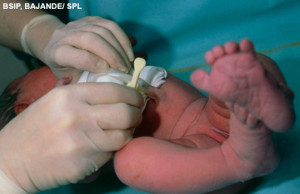Clinical review
• Assessment and management of dementia
 Professor Helen C Kales and colleagues present a State of the Art Review on the assessment and management of dementia and introduce the DICE approach.
Professor Helen C Kales and colleagues present a State of the Art Review on the assessment and management of dementia and introduce the DICE approach.
Research
• Quality and Outcomes Framework scores
Kontopantelis et al. publish a longitudinal spatial study on the relationship between the UK national primary care pay-for-performance programme, Quality and Outcomes Framework, (QOF), and all cause and cause specific premature mortality. Although mortality rates declined in the study period, there was no relationship between practice QOF scores and standardised all cause and specific cause mortality rates.
In the linked editorial, Grant Russell asks does paying for performance in primary care save lives? And suggests this paper may be seminal in suggesting no, social determinants play the biggest role.
News
• Leading causes of death in England and Wales
Cardiovascular disease was the leading cause of death in men in England and Wales in 2013, whereas dementia and Alzheimer’s disease has been the leading cause in women since 2012.
 • Umbilical cord clamping
• Umbilical cord clamping
The Royal College of Obstetricians and Gynaecologists (RCOG) report that umbilical cord clamping should not be done immediately in healthy, term babies but delayed where possible to improve neonatal iron levels.
• Average length of flaccid to erect penis
Men’s health and body issues are often overlooked. However, a systematic review by Veale et al. has shown the average length of a flaccid penis is 9.16 cm and erect is 13.12cm. It is hoped knowing the range will help when counselling men.
Emma Parish, editorial registrar, The BMJ.
I have read and understood BMJ policy on declaration of interests and have no relevant interests to declare. I am a clinical fellow of the National Medical Director’s Clinical Fellow Scheme and paediatric trainee currently out of programme.
